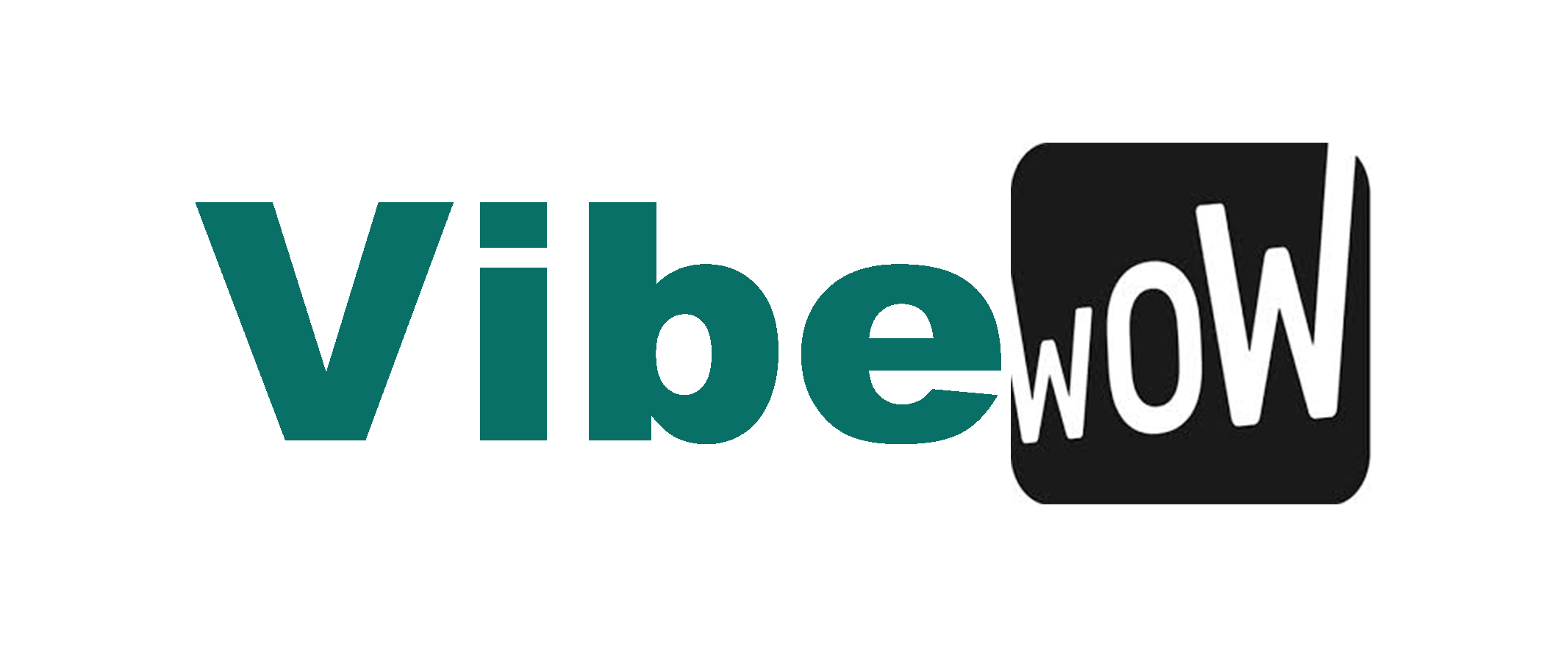More and more pet owners have been switching to raw meals over the past several decades. It’s critical to understand more about this recent development. In general, raw cat food is a combination of uncooked organ meats, skin, crushed bones, muscle meats, and other meat products. To maintain their freshness, they are frozen up until they’re given to a cat. At first, this may not seem all that enticing, but you could be surprised by what research on this diet has shown. Switching your cat to a raw food diet is a big decision, so weighing the benefits and drawbacks before making the transition is smart. Fortunately, that’s what we’ll be covering today. Keep on reading to find out the pros and cons of raw cat diets.
Pros and Cons of Raw Cat Food Diets
Pet owners have increasingly turned to raw food regimens, citing health advantages for their cats as the primary motivation. However, there are benefits and drawbacks to raw cat food diets. Consider these primary pros and cons:
Pros of Raw Cat Food Diets
- Weight management. A raw cat food diet can assist in lowering the likelihood of obesity and its associated health problems because it typically contains fewer carbs and fewer calories than commercially prepared cat food.
- Nutritional benefits. Many people believe that raw cat food is healthier for cats than commercially prepared food. The increased protein and water content make it more like the food feral cats would consume.
- Better digestion. Switching to a raw food diet can help in digestion for some cats, especially those with stomach problems or dietary allergies. The digestive process is simpler because the diet lacks the additives and other components that make commercially prepared cat food so difficult to digest and absorb.
- Better dental health. Raw cat food diets can help minimize the rate of plaque accumulation, thus promoting healthier teeth and gums.
Cons of Raw Cat Food Diets
- The potential for bacterial infection. The possibility of bacterial poisoning is a major problem with raw cat food diets. Both people and animals are susceptible to foodborne illness from eating raw flesh because of the risk of contamination with pathogens like Salmonella and E. coli.
- Cost. Due to the high quality of raw diet components, and specific storing and handling requirements, raw cat food diets are a little more costly than commercially prepared cat foods.
- Time-consuming. Time and effort are needed to prepare raw cat food regimens instead of just opening a can or container of prepared food. Busy cat owners or parents may need help to do this.
- Bones are a common component of raw cat food regimens, but they present an ingestion danger and may even be harmful if not served correctly.
In summary, there are benefits and drawbacks to feeding your cat uncooked food. Despite the fact that they may help with digestion and oral health, they also pose a danger of bacterial infection and nutrient deficiencies. Providing a raw food diet for your cat can be difficult for some pet owners due to the time, money, and effort it takes to prepare. If you’re contemplating switching your cat to a raw food diet, do your research and talk to your vet first to ensure your cat will get the nutrients they need.
Houston Raw Pet Food is Here for You!
Are you thinking of switching your cat to a raw diet? The experts at Houston Raw Pet Food will guide you every step of the way. Besides, we sell quality raw pet foods; thus, you can be sure that our treats are safe for your furry friend. Make an order today!



Stay connected